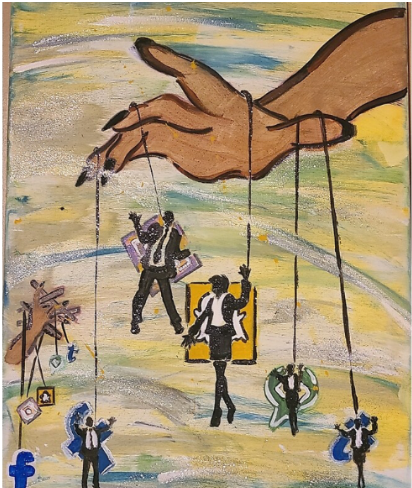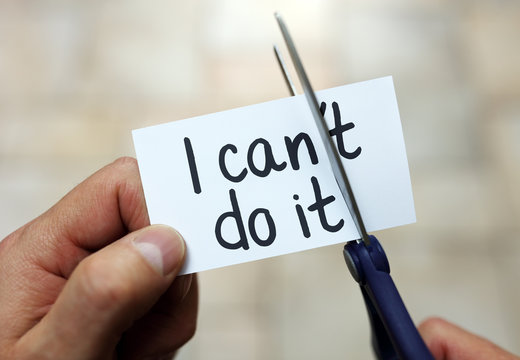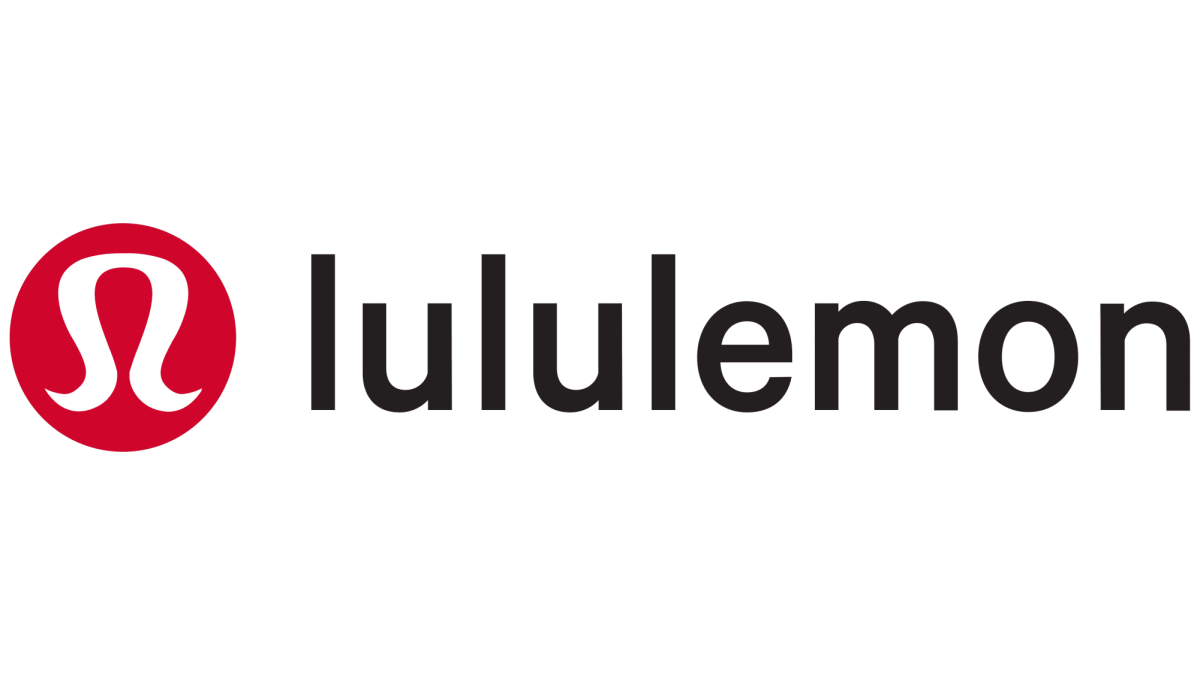I’m hit with warm air and the smell of carpet, cardboard, and aging paper as soon as I walk through the door of the Princeton Record Exchange. I slide past the front counter and see rows and rows of CDs and vinyl records. I thumb through a row of records, searching for something that catches my eye. Some sleeves are worn around the edges, others are marked with Sharpies. Something is charming about these signs of use, especially with older records. They hint at a story long lost to the passage of time.
I pick out a record and inspect the contents. First and foremost is to make sure the vinyl is in good condition. No cracks, no scratches. Once I know the record is decent, I try to figure out when it was pressed. There is nothing wrong with a reissue, but I love finding an original release. Then I check if the record comes with other goodies, like liner notes or a mailing card. I get excited whenever I find these goodies. It’s like discovering an old relic from antiquity. These are unique items that other copies of the same record may not have. In a way, they’re more valuable than the vinyl.
Physical music is having a resurgence. Vinyl record sales have been rising for eighteen straight years as of 2022. Shoppers bought 2.055 million records in the week of Dec. 15-21, 2023, making it the third-best-selling week for records since 1991. It is only surpassed by the weeks of Dec. 17-23, 2021 (2.115 million units sold) and Dec. 16-22, 2022 (2.232 million units sold). CD sales and even cassette sales are also trending upwards. Some people love the aesthetics of physical music. Others desire to support artists in a streaming-dominated industry. And some just crave the nostalgia that records and CDs elicit. Whatever the reason, it’s clear that physical music is growing in popularity.
Manufacturers are struggling to meet this insatiable demand. Raw materials are hard to come by, and there aren’t enough plants producing records. It can take months for new releases to be pressed on vinyl. Production problems don’t just impact new releases but repressings of older albums as well. But when you can’t find something new, you can find it used. This is just one of the many perks of buying used music. When I’m shopping for music, I generally prefer to buy used. Let me explain why.
The most obvious reason is price. As with any product, buying something used is much cheaper than something new. A new vinyl copy of Bruce Springsteen’s The River goes for $37 on Amazon, but the average price for a used copy on the online music marketplace Discogs is about $9. I bought a copy at the Englishtown Flea Market for just $5, and although the sleeve is a bit beaten up, the record plays perfectly fine. The price difference with CDs is a bit more diminished – a new CD on Amazon is $12 while a used CD on Discogs is, on average, $5 – but still noticeable.
Some say that buying used music is risky. Sure, it’s cheap, but that could indicate that the music is damaged. I’ve never faced this issue. I’ve never bought a scratched used record or an unreadable used CD. The only time I ever bought damaged music was a new vinyl copy of Talking Heads’ Remain in Light at FYE ($29 there vs. $15 on average on Discogs). However, I’m not denying that people have unknowingly bought used music that turned out to be damaged. The best way to prevent this from happening to you is to inspect everything. Most places will let you open CD cases and pull records out of their sleeves. So long as there aren’t any visible signs of damage, you’re good to go.
There is also an environmental aspect. Physical music, like every manufactured thing in society, hurts the environment. The manufacturing process comes with a noticeable carbon footprint. CDs are made from non-renewable, non-biodegradable materials like aluminum, layered polycarbonate, and petroleum dyes. Vinyl records are made from polyvinyl chloride (PVC), arguably plastic’s most toxic and polluting form.
Buying used music is sustainable and mitigates your climate impact as a consumer. Buying a used CD or vinyl means that one less CD or vinyl needs to be produced, reducing the amount of unsustainable materials used and the amount of greenhouse gasses emitted. One person buying one piece of used music may not make much of a difference, but a general trend towards buying used could put a dent in the record industry’s environmental footprint.
Is it necessary to buy a brand-new vinyl repressing of Pink Floyd’s Dark Side of the Moon, an album that’s been out for fifty years, when thousands of people are selling their older copies? Environmentalists have long argued that one of the main ways to shrink the waste we produce is by reusing material goods. Buying used music is a perfect example of this. The thousands of people selling their old Dark Side of the Moon vinyl are, for one reason or another, not listening to the album. To buy one of these copies is to save it from the shelf and breathe new life into something that otherwise would be collecting dust.
I’ve covered albums that get reproduced while older copies are left to rot, but not all albums get reproduced. Countless albums are simply not popular enough to justify the cost of manufacturing. Some become so obscure that they aren’t even immortalized on the internet. This can happen with all types of music. However, this doesn’t mean these pieces of music don’t have value. On the contrary, these overlooked gems are often important pieces of musical history.
Take folk music, for example. Folk music is possibly the oldest and most diverse genre in the world. The genre ranges from ancient throat songs of Mongolia to the banjo music of early 20th-century Appalachia to modern rock-infused renditions of traditional Irish ballads. It is a genre that tells the stories of entire peoples and brings out the uniqueness of every culture. However, folk music is very endangered. The genre’s age means so much folk music has been written and performed without ever being recorded. Musicians go uncredited and are forgotten. Songs become lost to time.
Alternative music also is at risk of vanishing. Nowadays, anyone can upload music online, but in the latter half of the 1900s, artists without labels had to rely on cheap cassettes to get their names out there. The punk and new wave scenes were built on cassettes. While big bands had the resources to mass-produce their music and distribute it around the country or even the world, small bands did not. The entire catalogs of scores of small bands have disappeared because their music was only recorded into a few dozen cassettes and distributed in their local scene.
Buying used music is a method of historical and cultural preservation. If people with genuine care seek out these obscure, hard-to-find recordings, then perhaps they can be saved from disappearing completely.
Big businesses like FYE and Barnes & Noble aren’t the ones selling used music. It’s the small, independent music stores that are rapidly being wiped out by competition from big businesses as well as online retailers like Amazon. Independent stores rely on people buying used music to survive.
However, used music isn’t always the way to go. Artists still need to make money, and they can’t do that when people are buying used music. My rule is that if an album came out within the last twenty years give or take and was released by a small artist, then I buy new. If the album came out recently, I buy new. But if the album is older or if the artist is already a big name in music, then I buy used.
There are many reasons to buy used music. Next time you’re shopping for music, consider seeing what you can get secondhand.












